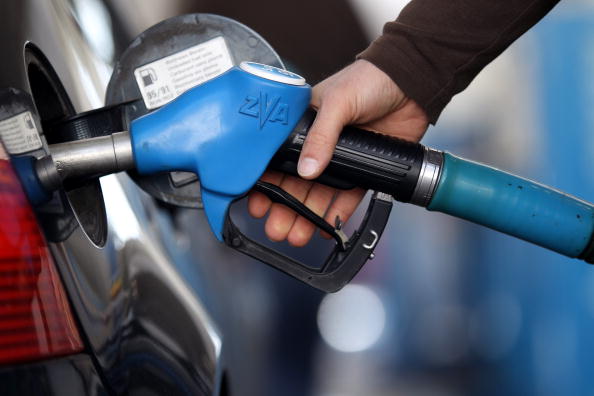CHAPEL HILL – Why do you get shocked most noticeably in the winter?
WCHL’s resident science expert Jeff Danner says, especially in the winter, you’ll experience the natural phenomenon of exchanging electrons from one surface to another.
“If one of the two surfaces is an insulator, as the surfaces are rubbing together, the insulating surface will accumulate those electrons,” Danner says. “As they accumulate, that’s the electric charge. The more and more of them there are, the higher the charge it.”
Danner says those electrons are waiting for the surface where they’ve built up to touch something grounded and will then jump over to that surface. That creates the spark that you see, often feel, and sometimes hear.
But why don’t you feel that spark as much in the summer?
“In the summertime it’s humid,” Danner says. “When the world is humid, everything around you—your skin, the surfaces, the rug—is coated with a think layer of water molecules. Water is a conductor. As I said before, in order for a static charge to build up, one of the two surfaces rubbing together needs to be an insulator. Well, when the world is covered with water, nothing is really insulating on the surface.”
The energy in the spark is very high—so high it could like a fire. It’s the same concept that makes spark plugs work.
Danner says that’s why it’s so important to make sure you touch something metal before filling up your car’s gas tank.
“A few times a year, someone who has just filled their gas tank, and then they go out to remove the nozzle, there’ll be a spark from themselves to the nozzle or to the car, and that’ll ignite the gasoline vapors that are there,” Danner says.
And, he says it happens to women more than 95 percent more than it does to men.
“It’s traced back to a difference in behavior,” Danner says. “Most men, they get out of the car, they stand on the ground, they fill the tank, they put the nozzle away, and they get back in the car. Many, if not all, women will start the gas flow, go back and sit in the front seat, take care of something, and then get back out. Well, while they’re sitting in the car, if the car has a charge accumulated from while it’s driving, they can get charged on their clothing or on their bodies. Then when they go do reach for that, that spark will light the gas.”
Danner says some cars now have a spot on the driver’s door where he or she can discharge any built up electrons before going to the gas tank.




Comments on Chapelboro are moderated according to our Community Guidelines